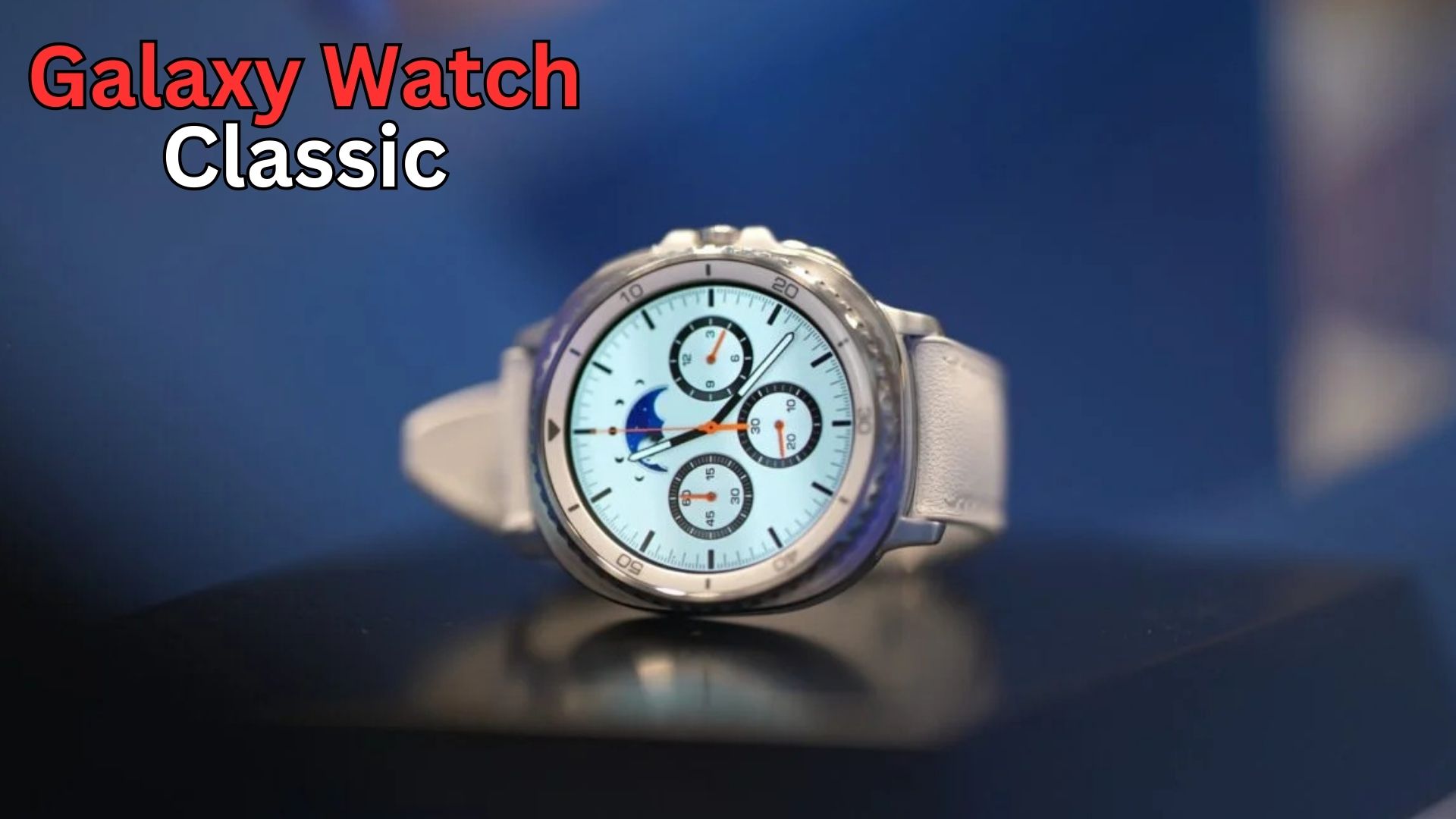The Samsung Galaxy Watch Classic series is known for its signature rotating bezel a tactile control method that allows users to navigate menus, switch screens, and interact with apps by simply turning a physical ring around the display. It is a feature that has set the Classic models apart from many other smartwatches on the market.

Recently, a Galaxy Watch 6 Classic owner demonstrated an unusual and impressive detail about the bezel. In a short video shared online, the watch’s interface responded to bezel movements even when the ring was held slightly above the watch, with no physical contact. This raised an important question: how can the watch detect rotation when nothing is touching it?
The Science Behind the “Hovering Bezel”
The key to this phenomenon lies in Samsung’s use of magnetic sensing technology rather than a purely mechanical system. Instead of relying on gears or physical contact points, the Galaxy Watch Classic uses Hall effect sensors to detect movement.
A Hall sensor works by measuring changes in a magnetic field. In the Galaxy Watch Classic, small magnets are embedded inside the bezel at fixed positions. When the bezel rotates, these magnets pass over sensors located on the watch’s mainboard. The sensors register the change in the magnetic field, allowing the watch to determine both the direction and the amount of rotation.
Because the detection is magnetic, the bezel doesn’t actually need to touch the watch for the sensors to register movement. As long as the magnets remain within sensing range about a centimeter or less the watch can still track rotation.
Quick Summary Table
Feature |
Details |
|---|---|
Watch Models |
Galaxy Watch 6 Classic, Galaxy Watch 8 Classic (and earlier Classic models) |
Main Feature |
Rotating bezel works without touching the watch |
Technology Used |
Hall sensors detect changes in a magnetic field |
Bezel Design |
Magnets embedded in every third groove |
Sensor Placement |
Three Hall sensors placed on the watch’s mainboard |
Possible Side Effects |
External magnets (e.g., straps, chargers) can trigger unintended scrolling |
Official Product Page |
Internal Design Details
Teardowns of Galaxy Watch Classic models have revealed that there are three Hall sensors inside the watch, strategically placed to detect movement in multiple positions. The bezel itself contains magnets spaced evenly around its circumference, typically in every third groove.
When the bezel is rotated, two of the sensors detect alternating magnetic signals. This sequence allows the watch’s internal processor to determine:
-
The amount of movement (how far the bezel has turned)
-
The direction of rotation (clockwise or counterclockwise)
This design is precise, reliable, and more resistant to wear and tear compared to fully mechanical systems.
A Feature Across Multiple Generations
While the viral video specifically showed the Galaxy Watch 6 Classic, this magnetic bezel design is not new. Samsung has been using the Hall sensor system for several years, and it remains present in the latest Galaxy Watch 8 Classic.
That means the “hover trick” works on multiple Classic models. Owners of the Galaxy Watch 3 Classic, 4 Classic, 6 Classic, and 8 Classic can all replicate the effect by carefully lifting the bezel above the display while rotating it.
Practical Implications and Quirks
While this design is clever, it also means that the bezel’s sensors can sometimes be influenced by other magnetic sources. For example:
-
Magnetic watch straps can occasionally trigger unintended scrolling.
-
Magnetic chargers positioned near the watch may register as bezel movement.
These are minor issues, but they highlight that the bezel’s operation is based entirely on magnetic field detection rather than physical gear movement.
Why You Shouldn’t Dismantle Your Bezel to Test It
Although the mechanism is fascinating, dismantling the bezel to test its function is strongly discouraged. The watch’s components are small, delicate, and sealed for water resistance. Removing the bezel could damage the magnets, sensors, or the waterproofing system, potentially voiding the warranty.
If you want to test the feature yourself, simply lift the bezel gently above the watch face while rotating it there’s no need to open the device.
FAQs
1. Why does the Galaxy Watch Classic bezel work without touching the watch?
A. It uses magnets and Hall sensors to detect rotation, so the bezel only needs to be close enough for the sensors to detect the magnetic field.
2. Does this technology exist in newer models?
A. Yes, the Galaxy Watch 8 Classic also uses the same system.
3. Can external magnets affect the bezel?
A. Yes, strong magnets near the watch can cause unintended bezel movements.
4. How many sensors are inside the watch?
A. There are three Hall sensors positioned to detect rotation accurately.
5. Is it safe to remove the bezel to see the mechanism?
A. It is not recommended, as it can damage the watch and void the warranty.
Final Thoughts
The Galaxy Watch Classic’s bezel remains one of Samsung’s most distinctive smartwatch features. The fact that it works without direct contact is more than just a visual trick it’s a showcase of thoughtful engineering. By using magnets and Hall sensors, Samsung has created a navigation system that is durable, smooth, and surprisingly magical to watch in action.
For More Information Click HERE